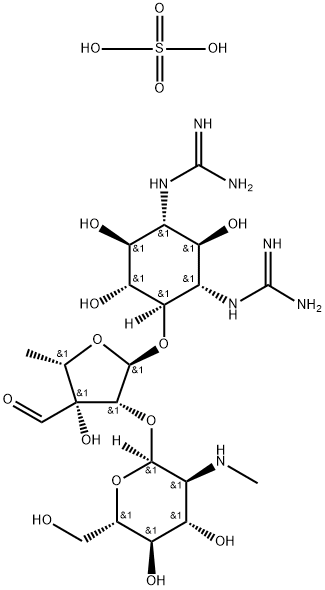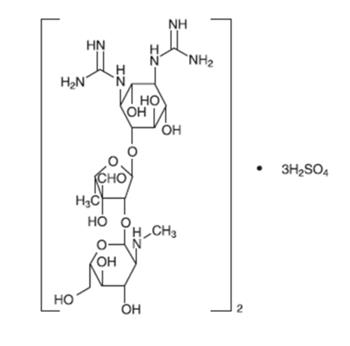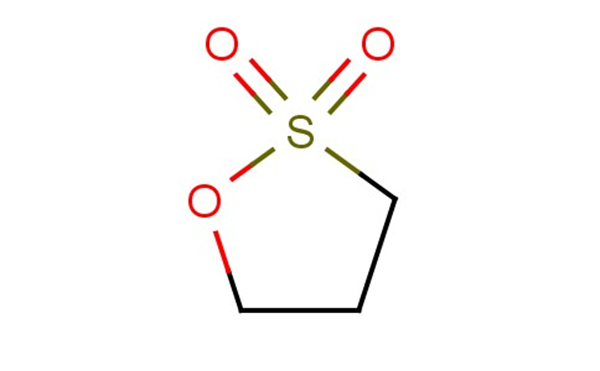Streptomycin Sulfate: Biological Activities, Efficacy in Humans and Safety
General Description
Streptomycin sulfate is an aminoglycoside antibiotic that inhibits protein synthesis by binding to the 16S rRNA in the 30S ribosomal subunit. It is primarily used to treat infections caused by aerobic, Gram-negative bacteria, including Mycobacterium tuberculosis. Streptomycin sulfate is effective in reducing bacterial load in M. tuberculosis-infected macrophages and animal models but is no longer considered a first-line option for treating tuberculosis due to the emergence of more effective alternatives. The drug carries potential safety concerns and adverse reactions, including neurotoxicity and ototoxicity. Caution and proper monitoring are necessary when using Streptomycin sulfate in human patients.
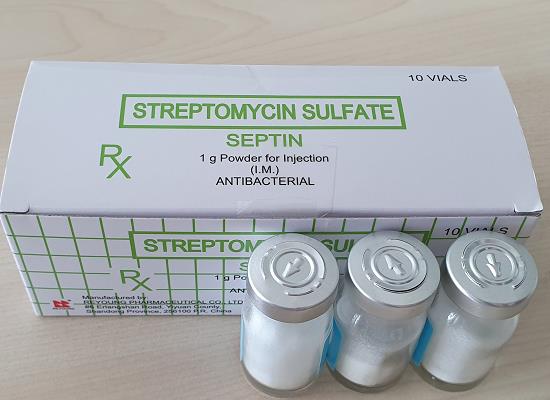
Figure 1. Injection of streptomycin sulfate
Biological Activities
Streptomycin sulfate, the first identified aminoglycoside antibiotic, inhibits protein synthesis by tightly binding to the conserved A site of 16S rRNA in the 30S ribosomal subunit. It belongs to the same class as amikacin and kanamycin. In Mycobacterium tuberculosis, resistance to streptomycin is associated with ribosomal changes in the 16S rRNA and ribosomal protein S12. While cross-resistance exists between streptomycin and other class members, such as kanamycin, amikacin, and capreomycin, it is not always complete or reciprocal. Amikacin appears to be active against streptomycin-resistant strains of M. tuberculosis, while strains resistant to amikacin are equally resistant to streptomycin. Capreomycin is generally active against streptomycin-resistant strains, but capreomycin-resistant strains are often sensitive to amikacin. Streptomycin sulfate shows potency against M. tuberculosis with a minimum inhibitory concentration (MIC) of 1 mg/ml. It is primarily used to treat infections involving aerobic, Gram-negative bacteria like Pseudomonas, Acinetobacter, and Enterobacter. M. tuberculosis is also sensitive to streptomycin. Gram-positive bacteria can be treated with streptomycin, but less toxic alternatives are usually preferred. In terms of in-vitro activity, Streptomycin sulfate has no bactericidal activity but significantly reduces bacterial load in M. tuberculosis-infected macrophages. In animal models, streptomycin reduces bacterial count in the spleen. However, amikacin shows greater efficacy than streptomycin and kanamycin in a mouse model of tuberculosis. 1
Efficacy in Humans
Streptomycin sulfate is an effective drug approved for the treatment of tuberculosis. It was first tested on humans in 1947 and became the first drug to be approved for this purpose. Among the three aminoglycosides, which include Streptomycin sulfate, AMI, and KAN, Streptomycin sulfate is considered the least toxic. Although Streptomycin sulfate can be used as a standalone treatment, the development of resistance to it occurs rapidly and is deemed unacceptable. Unlike some other antibiotics, aminoglycosides cannot be administered orally, requiring alternative administration routes. In the past, Streptomycin sulfate was often prescribed alongside isoniazid (INH), another tuberculosis medication. However, it is believed that the combination of STR and INH had minimal overall effect in treating the disease. While aminoglycosides, including Streptomycin sulfate, remain important drugs for treating diseases caused by Mycobacterium tuberculosis, they are no longer considered first-line options. Other medications have been found to be more effective in combating tuberculosis, and aminoglycoside usage is now limited to cases where alternative treatments have failed or are unavailable. Overall, Streptomycin sulfate has played a significant role in tuberculosis treatment history, but its usage has evolved over time due to the emergence of more effective alternatives. 2
Safety and Tolerability
Streptomycin sulfate has potential safety concerns and adverse reactions that need to be carefully considered. Animal studies have shown that the oral LD50 of Streptomycin sulfate in rats is 430 mg/kg, indicating some level of toxicity. Common side effects include nausea, vomiting, vertigo, paraesthesia of the face, rash, fever, urticaria, angioneurotic edema, and eosinophilia. In terms of drug interactions in humans, concurrent use of other aminoglycosides like gentamycin, tobramycin, viomycin, and cyclosporine is not recommended. Caution should also be exercised after anesthesia or dosing with muscle relaxants, as respiratory paralysis can occur. It is important to note that Streptomycin sulfate carries a warning about serious neurotoxic effects in humans. There is an increased risk of severe neurotoxic reactions, such as cochlear and vestibular dysfunction, optic nerve dysfunction, peripheral neuritis, arachnoiditis, and encephalopathy, particularly in patients with impaired renal function or pre-renal azotemia. Furthermore, aminoglycosides, including Streptomycin sulfate, are known for their ototoxicity and nephrotoxicity. The incidence of ototoxicity may be as high as 3-10%, with symptoms including vestibular ototoxicity (nausea, vomiting, and vertigo), paraesthesia of the face, rash, fever, urticaria, angioneurotic edema, and eosinophilia. Patients with renal impairment should avoid using Streptomycin sulfate, as the drug's toxicity is directly related to the decreased ability to excrete it at the same rate as individuals with normal renal function. Considering these potential side effects and contraindications, caution and proper monitoring are necessary when using Streptomycin sulfate in human patients. 1
Reference
1. Streptomycin. Tuberculosis (Edinb). 2008;88(2):162-163.
2. Peloquin CA, Berning SE, Nitta AT, et al. Aminoglycoside toxicity: daily versus thrice-weekly dosing for treatment of mycobacterial diseases. Clin Infect Dis. 2004;38(11):1538-1544.
You may like
Related articles And Qustion
See also
Lastest Price from Streptomycin sulfate manufacturers
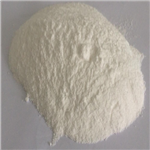
US $23.00/KG2025-09-28
- CAS:
- 3810-74-0
- Min. Order:
- 100KG
- Purity:
- 90
- Supply Ability:
- 5

US $0.00-0.00/kg2025-07-16
- CAS:
- 3810-74-0
- Min. Order:
- 7kg
- Purity:
- 720 IU/mg Sterile, Oral grade/Injection grade ;EP
- Supply Ability:
- 10 TONS
